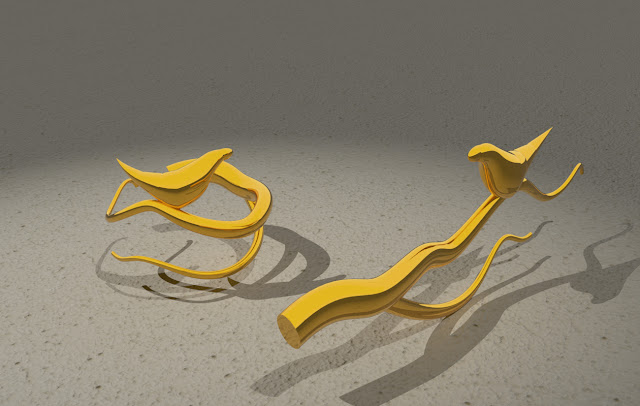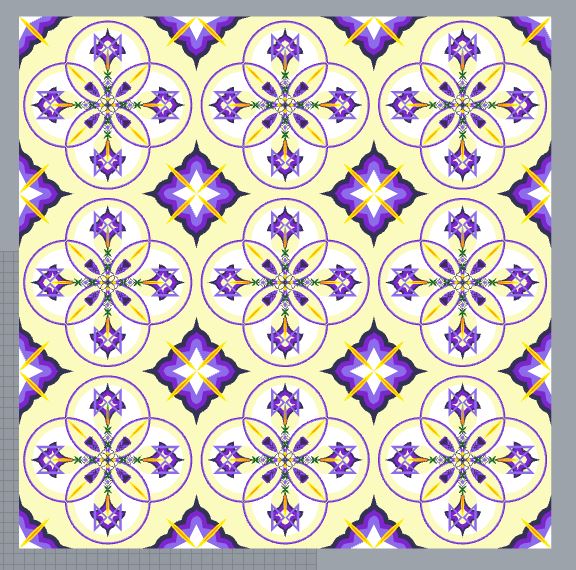Chessing Around

Well, it's time to tackle the chess set and the first step is ideation. I like to start with a mindmap or at least some concept categories, so that's exactly what I did. I started off pretty run of the mill, but after re-reading the assignment I remembered Bryan's admonishment - keep it weird. So ... I picked a concept that had a lot of meat but wasn't toooo weird and started with that one to have a backup plan. Beings from Cree stories My ethnic background is full of stories about non-human beings. It's kinda a safe bet because it's very familiar to me, and there's lots of alternatives to choose from if I need to. But I really love a specific story that tells about the dangers of laughing at other's misfortunes so, I also did a chess set based on the story of the man who was devoured by rabbits. The story of the man devoured by rabbits There's a couple of things I really appreciate there - it's a great story. The chess pieces encapsulate that...





